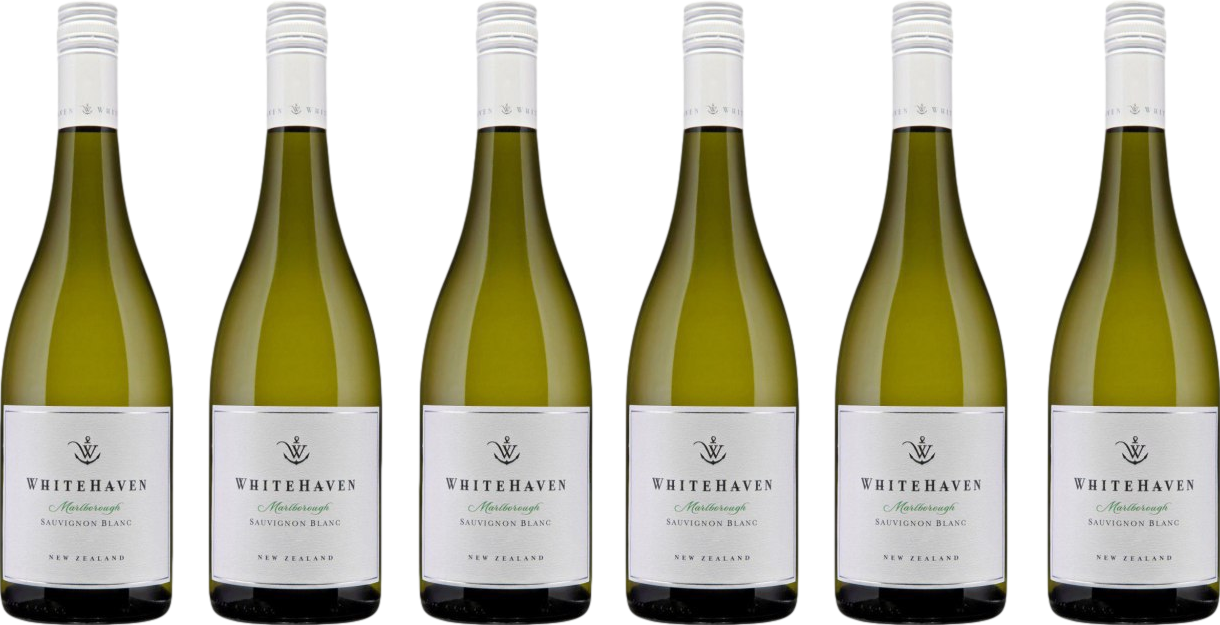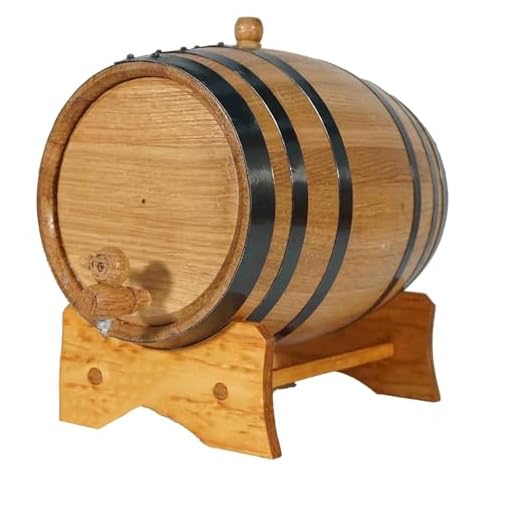



Expect bright acidity and refreshing notes when savoring a chilled glass of this variety. Often, you’ll encounter flavors reminiscent of green apple, pear, or citrus, which create a delightful crispness on the palate. For those who appreciate a touch of sweetness, certain selections may introduce hints of stone fruits, like peaches or apricots, offering a luscious mouthfeel.
Many enthusiasts appreciate the complexity that oak aging can add. You might notice creamy textures and flavors of vanilla, toast, or even butter, especially in certain styles. A key aspect to consider is the mineral quality that some wines exhibit, which can evoke a sense of terroir, often described as flinty or chalky, enhancing the overall tasting experience.
Pairing with food brings out even more of these delightful characteristics. Whether you enjoy seafood, light salads, or creamy pasta dishes, the right choice can elevate both the dish and the glass. Each sip can harmonize beautifully with the meal, creating a balanced and memorable dining experience.
Flavor Profile of Light-Colored Fermented Grapes
For those who appreciate the subtleties of this beverage, expect a refreshing experience characterized by crispness and acidity. Often, the palate is greeted with notes of citrus, such as lemon and lime, along with green apple and pear. These flavors can be accompanied by floral hints and, in some cases, stone fruit like peach or apricot.
Influence of Terroir and Winemaking Techniques
The origin of the grapes plays a significant role in the final profile. Regions with warmer climates tend to produce wines that are fruit-forward, while cooler areas offer more acidity and minerality. Winemaking methods, such as oak aging, can introduce flavors of vanilla, butter, or toast, enhancing complexity. For a deeper exploration into cleaning methods for your wine storage area, consider using a pressure washer for use with water butt.
Food Pairing Recommendations
This drink pairs beautifully with a variety of dishes. Seafood, especially shellfish, complements its acidity, while salads and lighter pasta dishes enhance the refreshing qualities. When selecting a bottle, consider the meal you intend to enjoy; the right choice can elevate both the food and the drink, creating a harmonious dining experience.
Understanding the Flavor Profile of White Wine
For a richer experience, focus on the acidity, sweetness, and body of these beverages. Freshness often comes from high acidity, making them crisp and lively on the palate. For instance, a Sauvignon Blanc typically showcases bright citrus notes, while a Chardonnay can offer a buttery roundness, especially if barrel-aged.
Explore the nuances; some varieties reveal subtle herbal or floral hints. A Riesling can surprise with its aromatic qualities, featuring notes of honeysuckle or jasmine. Pay attention to the fruit characteristics; green apple, pear, and stone fruits are common, varying in intensity depending on the grape variety and region.
Temperature plays a crucial role in the perception of flavors. Chill your selections properly; this can enhance the refreshing qualities, particularly in lighter styles. Conversely, slightly warmer temperatures can help to reveal the complexity in fuller-bodied variants.
Food pairing enhances the tasting experience. A crisp, acidic option pairs beautifully with seafood, while a richer choice complements creamy pasta dishes. Understanding these interactions can elevate your enjoyment and appreciation of the drink.
Lastly, consider the influence of terroir. The environment where the grapes are grown imparts unique characteristics, making each bottle a reflection of its origin. This complexity adds depth to the tasting experience, encouraging exploration of different regions and styles.
Key Grapes That Influence Taste
Chardonnay is a dominant varietal with a broad flavor spectrum ranging from crisp green apple to tropical pineapple, often displaying buttery notes when aged in oak. This grape adapts well to various climates, making it a favorite for winemakers worldwide.
Sauvignon Blanc, characterized by its zesty acidity, typically offers flavors of lime, green bell pepper, and passion fruit. Its distinct herbal notes can be particularly pronounced in cooler regions, creating a refreshing profile that pairs well with seafood and salads.
Riesling stands out for its aromatic qualities and can range from bone dry to lusciously sweet. Expect flavors of stone fruits, honey, and jasmine, with a trademark minerality that enhances its complexity. This varietal is versatile with food pairings, especially with spicy cuisines.
Other Notable Varietals
Pinot Grigio is lighter, often showcasing pear and floral notes, making it an excellent choice for warm weather. Its clean finish and crisp acidity make it delightful alongside light dishes.
Gewürztraminer is known for its aromatic intensity, featuring lychee, rose petal, and spice. Its rich flavors and lower acidity make it a great match for aromatic and flavorful foods.
How Fermentation Techniques Affect Flavor
To enhance the sensory experience of a particular beverage, it’s essential to understand the impact of fermentation methods. Different techniques can significantly alter the final profile, introducing various notes and aromas.
Here are some key fermentation methods and their flavor implications:
- Controlled Fermentation: This process, often conducted at specific temperatures, allows for the preservation of delicate aromas. Cooler temperatures typically yield fresher, fruitier characteristics, while warmer fermentations may emphasize richer, fuller flavors.
- Malolactic Fermentation: A secondary fermentation that converts harsh malic acid into softer lactic acid. This technique adds creaminess and can introduce buttery notes, enhancing complexity in the final product.
- Use of Wild Yeasts: Employing indigenous yeasts can result in unique profiles, capturing the essence of the vineyard’s terroir. These natural fermentations often produce unexpected and diverse flavor nuances.
- Skin Contact: Allowing the juice to remain in contact with the skins during fermentation can impart additional texture and depth. This method can enhance tannins and introduce subtle herbal or floral notes.
- Barrel Fermentation: Aging in oak barrels can impart flavors such as vanilla, spice, and toast. The degree of toasting and the type of wood used can further influence the overall taste experience.
Experimenting with various fermentation techniques provides producers with the ability to craft distinctive profiles, appealing to diverse palates. Understanding these methods can elevate appreciation and enhance food pairings, creating delightful culinary experiences.
Identifying Aromas and Tasting Notes in White Varietals
To discern aromas and flavors in these refreshing beverages, focus on the primary characteristics that emerge from various grape varieties and winemaking techniques. For instance, a Chardonnay often reveals hints of apple, pear, and tropical fruits, paired with buttery notes from oak aging. Sauvignon Blanc typically exhibits zesty citrus and grassy aromas, whereas Riesling can present floral fragrances alongside stone fruit and honeyed nuances.
When tasting, take note of the intensity of each aroma. Swirl the glass gently, allowing oxygen to enhance the bouquet. Inhale deeply to identify subtle layers that may develop over time. A well-crafted beverage will often display a balance of fruitiness, acidity, and minerality. For example, a high-quality Pinot Grigio may showcase crisp green apple and a refreshing minerality that lingers on the palate.
Pay attention to the finish; a prolonged aftertaste can indicate a more complex and refined product. Some may leave a hint of spice or herbal notes, reflecting the terroir and the specific vinification methods used. Embrace the experience of identifying these sensory traits, as they not only enrich your enjoyment but also deepen your understanding of the craft behind each bottle.
As you explore different selections, keep a journal to track your impressions. Note the specific aromas and flavors you encounter, as well as any food pairings that resonate with you. This practice can enhance your ability to recognize patterns and preferences in your tasting experiences.
Comparing Different Styles of White Wine
Exploring various styles can reveal distinct characteristics and flavor profiles. Here’s a detailed comparison of notable types:
1. Chardonnay
- Often exhibits flavors of apple, pear, and citrus.
- Depending on the region and winemaking techniques, it can be oaked or unoaked, which significantly influences the taste.
- Oaked versions may present buttery notes and vanilla, while unoaked typically remain crisp and fruity.
2. Sauvignon Blanc
- Typically showcases high acidity with vibrant flavors of lime, green apple, and passion fruit.
- Often has herbal notes, such as bell pepper or freshly cut grass.
- Region can greatly impact its profile; for instance, New Zealand examples are usually more tropical, whereas those from the Loire Valley may be more mineral-driven.
3. Riesling
- Known for its aromatic qualities, often featuring notes of peach, apricot, and floral elements.
- Can range from bone-dry to sweet, allowing for diverse food pairing options.
- German styles, such as Kabinett, offer a balance of sweetness and acidity, making them versatile companions for various dishes.
4. Pinot Grigio
- Light and crisp, often reflecting flavors of pear, lemon, and almonds.
- Italian versions are typically lighter with a refreshing finish, while those from Oregon may present a fuller body and richer fruit notes.
- Best served chilled, complementing seafood and light salads beautifully.
5. Gewürztraminer
- Highly aromatic, featuring notes of lychee, rose petal, and spice.
- Often has a slightly oily texture, with a complex flavor profile that can include tropical fruits and ginger.
- Pairs well with spicy cuisine, making it a popular choice for Asian dishes.
Understanding these styles enhances the appreciation of each varietal and allows for better pairing with food. Each type brings its unique essence to the table, making every tasting experience a delightful exploration.
Pairing White Wine with Food for Enhanced Taste
To elevate your dining experience, consider pairing Chardonnay with creamy dishes such as Alfredo pasta. The wine’s buttery texture complements the richness of the sauce beautifully.
Sauvignon Blanc shines alongside fresh seafood. Its crisp acidity cuts through the natural oils of fish, enhancing the dish’s flavors. Think grilled shrimp or oysters on the half shell.
For a delightful match, try Riesling with spicy Asian cuisine. The sweetness balances the heat, creating a harmonious blend. Dishes like Thai green curry or Szechuan noodles work exceptionally well.
When serving a salad, a light Pinot Grigio can be a perfect companion. Its citrus notes elevate the freshness of greens, especially those with vinaigrette dressings.
Consider these pairings:
| Wine Type | Food Pairing |
|---|---|
| Chardonnay | Alfredo Pasta |
| Sauvignon Blanc | Grilled Shrimp |
| Riesling | Thai Green Curry |
| Pinot Grigio | Salad with Vinaigrette |
Experiment with these combinations to discover new dimensions in flavors. The right pairing can transform a meal into a memorable experience.









